Description
2 Input Optical Receiver: An Essential Component for High-Performance Optical Communication Systems
The 2 Input Optical Receiver is a pivotal device in modern optical communication systems, designed to receive optical signals transmitted over fiber optic cables. As the demand for high-speed data transmission increases across industries, the 2 Input Optical Receiver plays a critical role in ensuring reliable and efficient data reception, conversion, and signal integrity in diverse applications, ranging from telecommunications to data centers.
In this article, we will explore the features, working principle, applications, and advantages of the 2 Input Optical Receiver, highlighting its importance in supporting high-performance and scalable optical communication networks.
Key Features of the 2 Input Optical Receiver
✅ Dual Input Capability
One of the standout features of the 2 Input Optical Receiver is its ability to receive signals from two separate optical input channels. This dual input configuration enhances the device’s versatility, allowing it to process data from multiple sources simultaneously. This feature is essential for systems that require multiple optical signal paths, ensuring that both inputs are handled efficiently and reliably, which is particularly useful in communication systems with redundancy or failover mechanisms.
✅ Wide Wavelength Range
The 2 Input Optical Receiver is designed to operate over a broad wavelength range, typically covering the 1310 nm and 1550 nm bands, which are the most commonly used wavelengths in fiber optic communication. This flexibility allows the receiver to handle various types of optical signals without compromising performance. It ensures compatibility with a wide array of network configurations and systems, making it an ideal choice for diverse optical communication applications.
✅ High Sensitivity and Low Noise
The receiver is engineered to offer high sensitivity, enabling it to detect even weak optical signals, which is essential for long-distance optical communication. Additionally, the device has low noise characteristics, ensuring that the quality of the received signal remains intact. The combination of high sensitivity and low noise ensures that the receiver can maintain signal integrity, even in noisy environments, making it a reliable choice for high-speed data transmission.
✅ Integrated Photodetector and Amplifier
The 2 Input Optical Receiver typically integrates a photodetector (such as a PIN diode or APD) and an amplifier to convert optical signals into electrical signals and amplify the received signals for further processing. The photodetector captures the light signals transmitted through the fiber, and the amplifier boosts the signal strength, ensuring that the received data can be processed by downstream equipment, such as switches, routers, and servers.
✅ Compact and Modular Design
The 2 Input Optical Receiver is designed with a compact and modular structure, making it easy to integrate into various optical communication systems. The modular design allows for flexible scalability, enabling users to expand or upgrade their systems with minimal effort. This makes it an ideal solution for both new installations and retrofitting existing networks.
✅ Power-Efficient Operation
Energy efficiency is a key consideration in modern communication systems. The 2 Input Optical Receiver is designed to operate with low power consumption, reducing operational costs and contributing to a more sustainable network infrastructure. The receiver’s efficient design ensures that it delivers optimal performance without consuming excessive energy, making it suitable for large-scale deployments where power efficiency is crucial.
Working Principle of the 2 Input Optical Receiver
The 2 Input Optical Receiver operates by receiving optical signals transmitted through fiber optic cables. It uses a photodetector to convert the incoming optical signals into electrical signals. The photodetector generates a photocurrent when it absorbs light energy from the optical signal, and this current is then amplified by the integrated amplifier.
Once the signal is converted into an electrical format, it is processed by the receiver’s circuitry to ensure that the data is accurately decoded and forwarded to the appropriate network equipment. The receiver also includes signal conditioning features to minimize errors and ensure the integrity of the received signal.
In dual input models, the receiver can simultaneously process signals from two different optical sources. This capability is often used in applications where redundancy or load balancing is necessary, ensuring continuous signal reception even if one input signal path is disrupted.
Applications of the 2 Input Optical Receiver
1. Telecommunications Networks
The 2 Input Optical Receiver is widely used in telecommunications networks, particularly in fiber optic links that connect various network nodes, such as base stations, central offices, and remote terminals. The dual input capability enables the receiver to handle multiple signal paths, improving the reliability and robustness of the communication link. It is essential in providing high-quality voice, data, and video services across urban and rural areas.
2. Data Centers and Cloud Infrastructure
In data centers and cloud computing infrastructure, the 2 Input Optical Receiver ensures seamless and high-speed communication between servers, switches, and storage devices. With the increasing demand for data storage and cloud services, the receiver is an essential component for maintaining high-performance, low-latency communication within data centers, supporting real-time applications and large-scale data processing.
3. Optical Network Units (ONUs) in FTTH Networks
In Fiber to the Home (FTTH) deployments, the 2 Input Optical Receiver is used in Optical Network Units (ONUs) to receive signals from optical fiber cables. The receiver helps ensure the smooth transmission of internet, television, and telephone services to residential homes, supporting high-speed internet access and multi-service delivery over fiber-optic networks.
4. Broadcasting and Media Networks
The 2 Input Optical Receiver is also used in broadcasting and media networks, where reliable transmission of high-definition video and audio signals is essential. It enables efficient data reception and signal conversion, ensuring that content can be broadcasted or transmitted with minimal delay and maximum quality, whether for television broadcasting or over-the-top (OTT) media services.
5. Industrial and Military Applications
In industrial and military settings, where communication networks often span large distances and require high reliability, the 2 Input Optical Receiver plays a crucial role in maintaining stable communication. Its ability to handle multiple inputs simultaneously ensures that redundant communication paths are available, enhancing the system’s reliability in mission-critical applications.
Advantages of the 2 Input Optical Receiver
-
Dual Input Support: Enables the handling of two optical signal paths simultaneously, providing redundancy and load balancing.
-
High Sensitivity: Capable of receiving weak optical signals, ensuring efficient long-distance communication.
-
Low Noise Performance: Maintains signal integrity and reduces errors in noisy environments.
-
Compact Design: Facilitates easy integration into existing communication infrastructure with minimal space requirements.
-
Power-Efficient: Consumes minimal power, making it suitable for large-scale deployments.
-
Wide Wavelength Compatibility: Supports multiple optical signal wavelengths, enhancing versatility across various network types.
Conclusion
The 2 Input Optical Receiver is a critical component in modern optical communication systems, offering high performance, reliability, and versatility. With its dual input capability, high sensitivity, low noise performance, and compact design, the receiver plays a crucial role in ensuring seamless data transmission across telecommunications networks, data centers, FTTH deployments, and various industrial applications. As the demand for high-speed, reliable communication continues to grow, the 2 Input Optical Receiver remains a fundamental technology for enabling efficient, scalable, and cost-effective optical communication solutions.

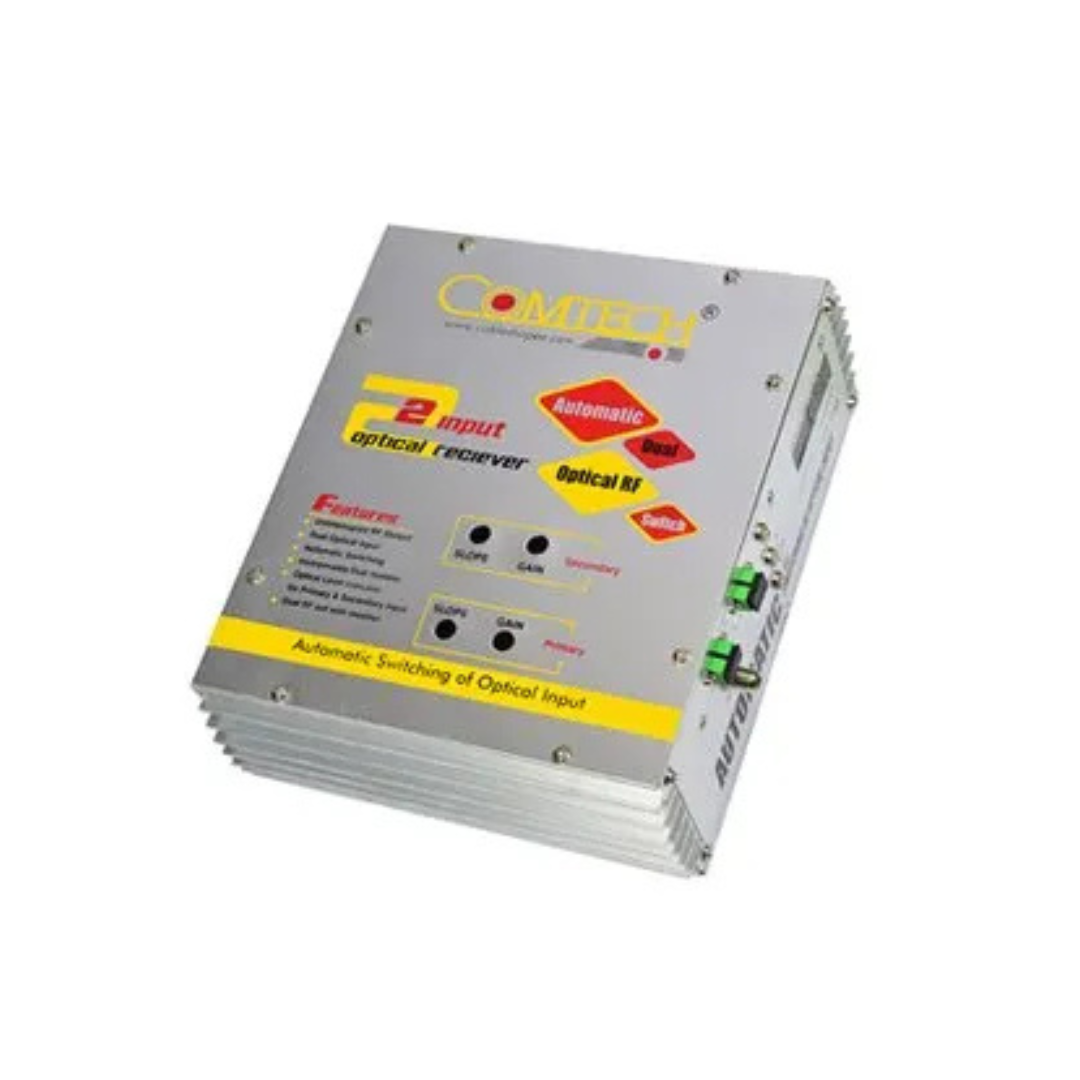
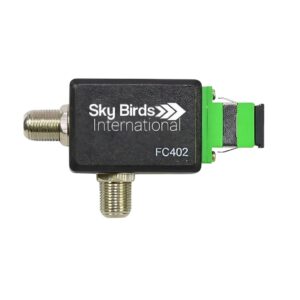
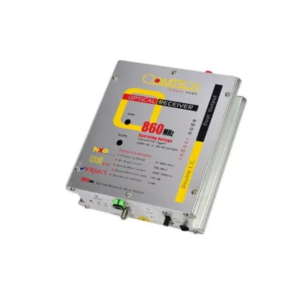
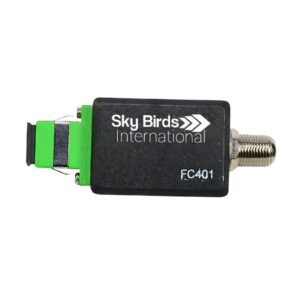
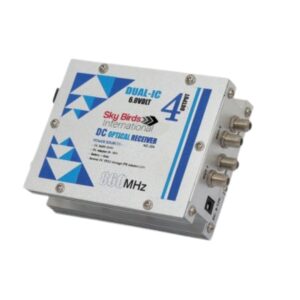
Reviews
There are no reviews yet.